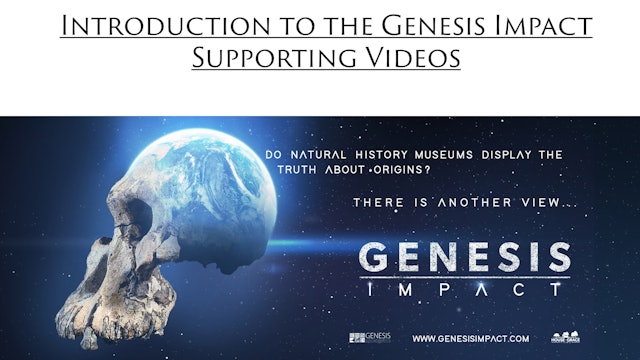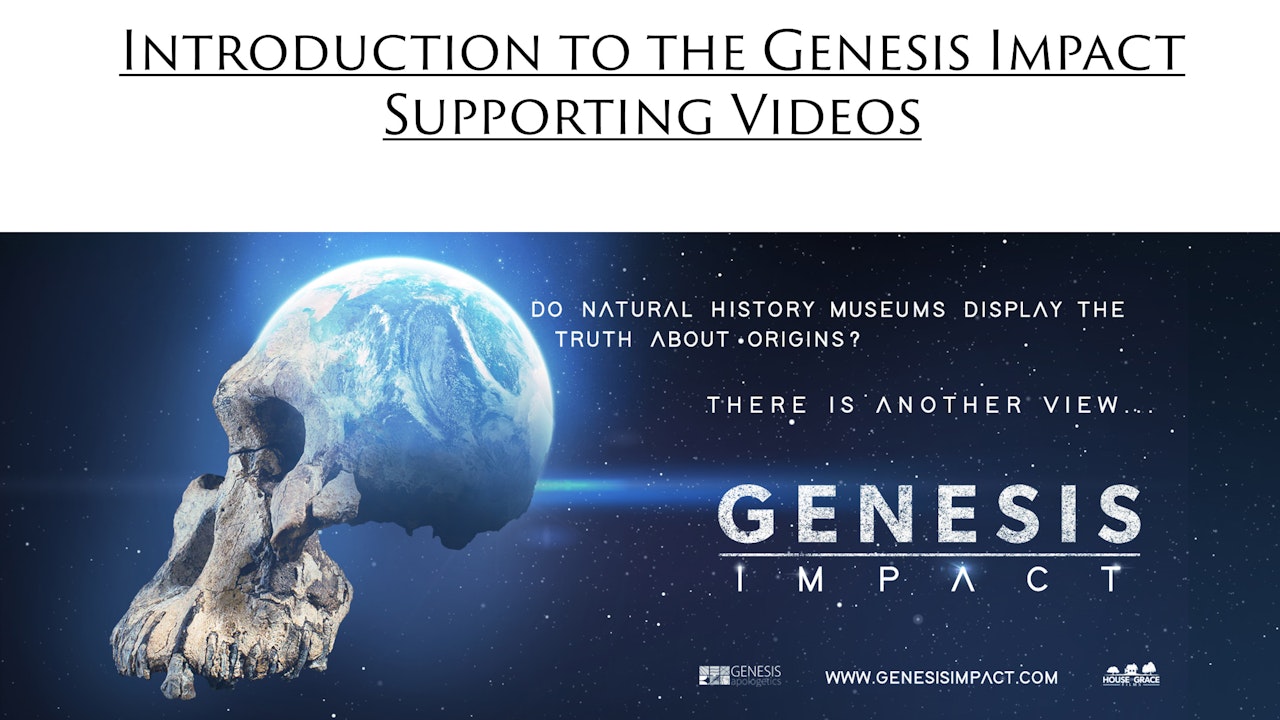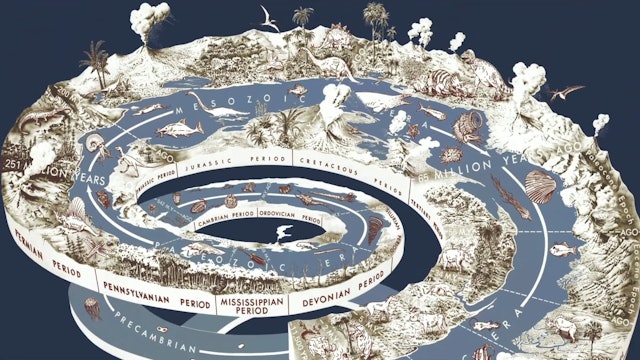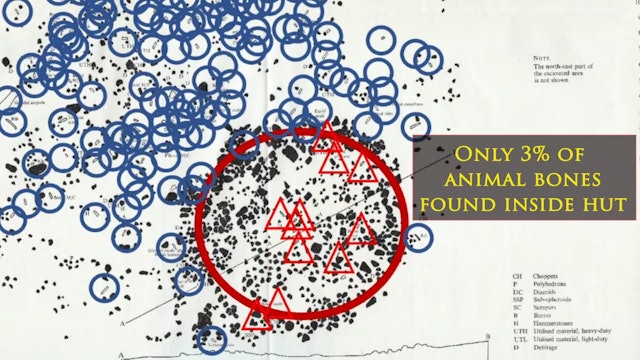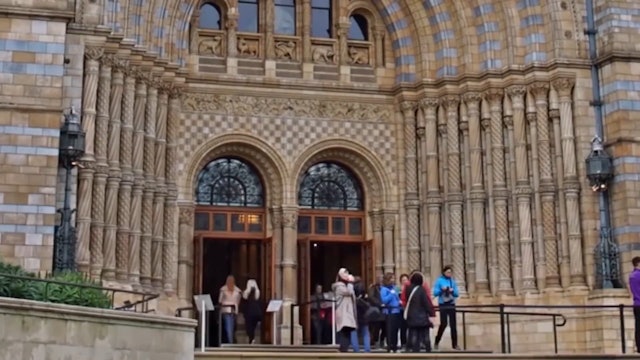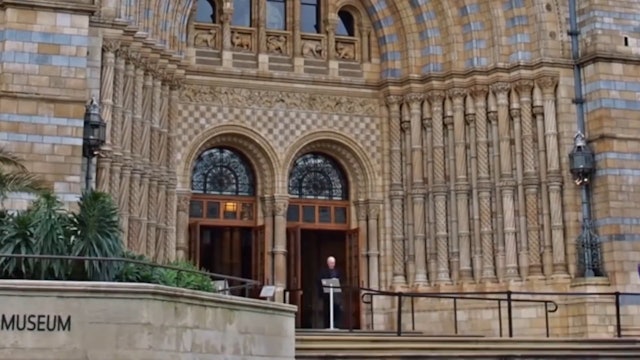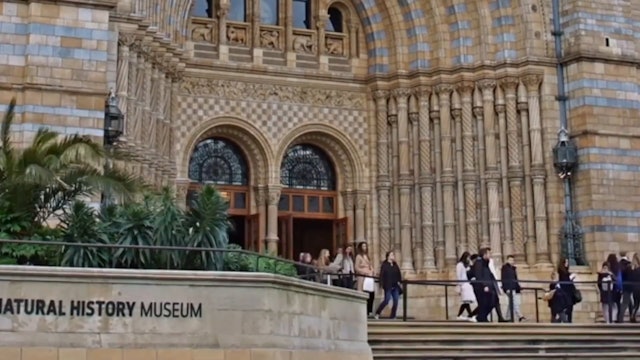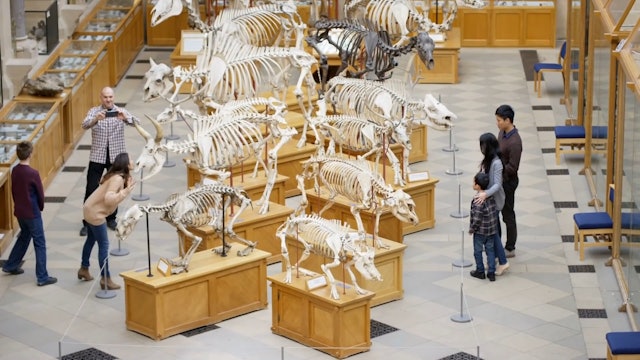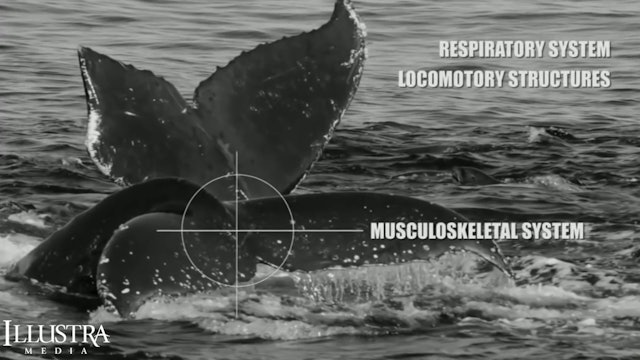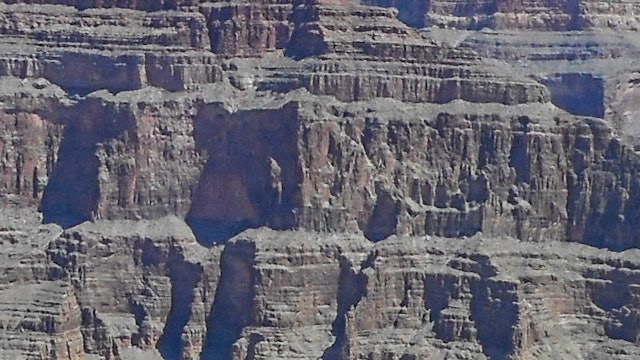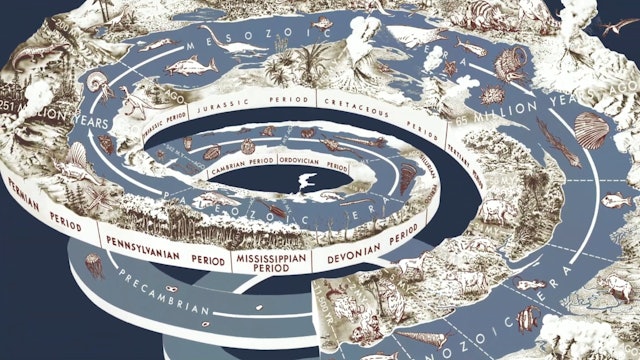-
Before You Visit a Natural History Museum...
This video provides a short overview of the 12+ supporting videos for Genesis Apologetics / "Genesis Impact". Topics include the primary evolutionary viewpoints presented in Natural History Museums: the Human-Chimp 99% Myth, key ape-to-human icons like Ardipithecus ramidus, Lucy‚ the Australopith...
-
Human Chimp DNA Similarity--Is it really 98%?
Does human and chimp DNA overlap by 98%? The idea that human and chimp DNA overlap by 98 to 99 percent has been widely used to promote the idea that humans and chimps shared a common ancestor millions of years ago. But have you considered how they came up with this estimate?
-
Homo Habilis: Evidence for Evolution or Extinct Ape?
Natural History Museums everywhere display line-ups of ape-to-human icons that supposedly show how humans evolved from ape-like creatures millions of years ago. one step in this line up is Homo habilis. This icon is not represented by a single complete skeleton and has only about 100 bones assign...
-
Ardipithecus Ramidus: Evidence for Evolution or Extinct Ape?
Ardipithecus Ramidus: Evidence for Evolution or Extinct Ape? Natural History Museums everywhere display a line-up of ape-to-human icons that supposedly show how humans evolved from ape-like creatures millions of years ago. Ardipithecus ramidus, or Ardi‚ is one of these famous icons, supposedly ho...
-
Lucy‚ the Australopithecus Afarensis: Evidence for Evolution or Extinct Ape?
Natural History Museums everywhere display line-ups of ape-to-human icons that supposedly show how humans evolved from ape-like creatures millions of years ago. one step in this line up is Australopithecus Afarensis, with the leading specimen named Lucy.‚ Is Lucy evidence that humans evolved mill...
-
Neanderthals: Evidence for Evolution or Just Human?
Natural History Museums everywhere display line-ups of ape-to-human icons that supposedly show how humans evolved from ape-like creatures millions of years ago. The last step in this line up are Neanderthals, holding the 40,000 to 400,000 years ago‚ time slot. Just decades ago, Neanderthals were ...
-
Human Evolution Tree and March of Progress
Natural History Museums and school textbooks display human evolution trees‚ or march of progress‚ infographics that supposedly show humans evolving from ape-like creatures over millions of years. Do these human evolution trees reflect the truth about our origins? or does the Biblical account actu...
-
Darwin's Finches
Natural History Museums everywhere feature Darwin's Finches as evidence for evolution theory. How do these finches support the idea of evolution? Are the changes we observe in finch beaks due to evolution or epigenetics?
-
The Fossil Record and Transitional Forms
Natural history museums have some of the most amazing fossil collections in the world. These fossils are typically used to frame the idea of life slowly progressing over millions of years, rather than a worldwide catastrophe being the best explanation for the majority of the fossil record.
Are t... -
Pangea: Continental Drift‚ or Sprint‚ During Noah's Flood?
Natural history museums have displays and animations that try to make the case that the continents were once joined in a formation called Pangea and then slowly moved apart to their current locations over tens of millions of years. While it's actually quite obvious that the continents were in fac...
-
Dinosaur Extinction: Noah's Flood or an Asteroid?
Natural History Museums attribute the dinosaur extinction to the Chicxulub asteroid hitting the Yucat‚àön peninsula of Mexico 66 million years ago. How can this single event explain the simultaneous extinction of all dinosaurs around the world, including a massive dinosaur kill zone in North Ame...
-
Whale Evolution
Natural history museums promote the idea that whales evolved from any number of possible mammal ancestors. This list includes bears, mesonychids, hyena-like creatures, hippo-like creatures, cat-like creatures, wolf-like creatures, deer-like creatures, and lion-like creatures. over the years, evol...
-
Deep Time and Radiometric Dating
Natural history museums are steeped in deep time. Everywhere you looksometimes on each wall of a museumthe idea of millions of years and evolution combine to explain the origin of all life on Earth. Are these ages reliable, or does the Bible present a history that better fits the data?
-
Conclusion and observational vs Historical Science
Natural History Museums create the impression that scientists from every field unanimously support the idea that evolution over millions of years explains all life on earth. But is this idea based on real, testable science? the same type of scientific method used today for putting people on the m...

